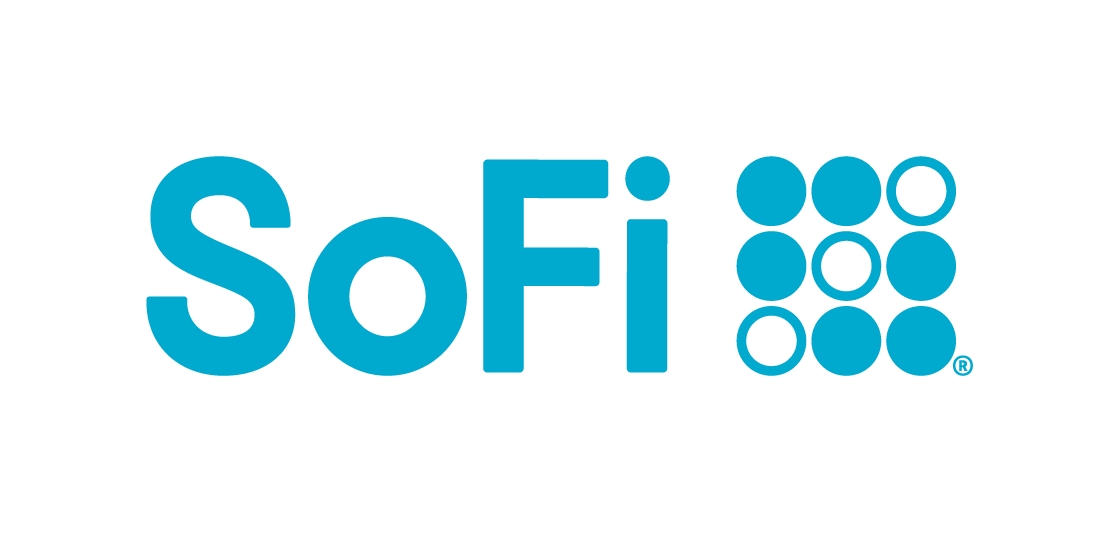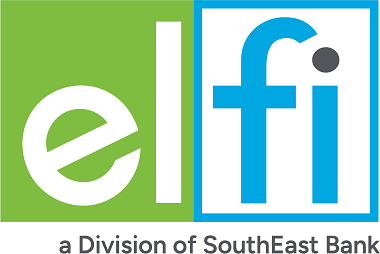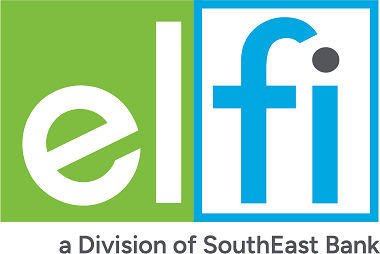Parents strive to set their children up for success, and earning a college degree is often viewed as a key step toward achieving that. However, with tuition prices on the rise, managing these expenses without turning to loans can be challenging.
A Parent Student Loan could be a helpful option. It provides a way to fund college costs without placing too much financial burden to your child.
There are two main types of parent student loans:
- Parent PLUS Loan - The most common type of parent student loan you may have heard of is called the Parent PLUS Loan (PLUS). This loan is federal student loan, and the lender is the Department of Education.
- Private Parent Student Loan: Private parent student loans are made available from private lenders. Private parent student loans can provide a way for parents to cover college costs for their children when no other options are available or if the loan is needed in addition to other funding sources.
Whether you are considering a private loan from a bank or applying for a federal Parent PLUS Loan, specific requirements need to be met to qualify. To learn more about these two types of parent student loans and how they work, read on.
Eligibility for Federal Parent PLUS Loans
The eligibility requirements for Parent PLUS Loans include among others:
- You must be a parent(biological or adoptive parent and in some cases a stepparent) of a dependent undergraduate student who is enrolled at least half-time in an eligible institution.
- You must be a U.S. citizen or eligible non-citizen
- You cannot be in default on any other federal student loans
- You cannot have an adverse credit history
If you do have an adverse credit history, you might still be able to get a Parent PLUS Loan. There are two options, the first is to have someone else without an adverse credit history (if that’s what disqualified you) agree to endorse the loan for you, or (depending on what disqualified you) you may opt to submit an appeal and explain your situation and hope that your appeal can get approved.
You can borrow up to the total cost of attendance, minus any other financial aid your child is getting. It’s important to note for budgeting purposes, that a Direct Parent PLUS loan will enter repayment upon full disbursement of the loan. However, you do have the option to defer the loan if your child who is benefitting from the loan is enrolled at least half-time in school. This option may postpone monthly payments for a time, but it does not stop interest from accruing and this interest will be added to your principal, ultimately making the loan more expensive.
Repaying a Federal Parent PLUS Loan
As a parent, understanding repayment terms for Parent PLUS Loans is integral. Before taking out any parent student loans, learning about the repayment schedule, interest accrued over time and the implications of late payments is important. When you take out a Federal Parent PLUS Loan, you have several repayment options available to you, including:
- Standard Repayment Plan: With this plan, you make fixed payments over a period of 10 years.
- Graduated Repayment Plan: This plan starts with lower payments that gradually increase over time, usually every two years, over a period of up to 10 years.
- Extended Repayment Plan: This plan allows you to extend the repayment period up to 25 years, resulting in lower monthly payments but more interest paid over the life of the loan. However, you are required to have at least $30,000 in a federal student loan program, such as Direct Loans.
- *Income-Contingent Repayment Plan: This plan is based on your income and family size, and the monthly payments are adjusted annually based on changes in income. The repayment period can be up to 25 years. * This repayment option is only available if the borrower consolidates the Parent PLUS Loans into a Direct Consolidation loan
- Direct Consolidation: Consolidate (generally two or more) federal student loans including federal parent loans. This type of consolidation is available for federal student loans only. No private loans, state loans, or institutional loans can be included.
- Private Student Loan Refinance: Refinance both federal student loans (including Parent PLUS Loans) and non-federal student loans from private financial institutions (such as banks and credit unions) into one new loan from a private lender.
Eligibility for Private Parent Student Loans
To be eligible for a private parent student loan, you usually need to meet some requirements set by the lender. Here are some of the things they might look at:
- Credit: You need a good credit score and history to get approved for the loan. If you don't have good credit, you may need a co-signer with good credit to sign the loan with you.
- Income: The lender wants to make sure you have make enough money to make timely loan payments, so they might ask for proof of income and employment. Generally they will has for two years of work history and income.
- Citizenship: You typically need to be a U.S. citizen or permanent resident to get most private parent student loans. School: Your child needs to be enrolled in an eligible college or university.
- Other factors: The lender might have other requirements, like a minimum loan amount or a maximum loan-to-value ratio.
Private loans usually have fewer protections for borrowers than federal loans, so it's important to read the terms carefully and compare rates from different lenders to find the best loan for your family.
Repayment Options for Private Parent Loans
When you take out a private loan to help pay for your child's college education, there are a fewer ways you can pay back the money than the Parent PLUS loan. The options will depend on the lender you use. Here are some of the common lender repayment options:
- Standard Repayment Plan: You pay a fixed amount of money each month for a set number of years, usually between 5 and 15 years. Payments may have the option to be deferred while the child is enrolled in school at least half-time or more.
- Immediate Repayment Plan: You start making full monthly payments once the loan is disbursed and your child is still in school.
- Interest Only Plan: Depending on the lender, you may have the option to make interest-only payments while your child is in school so as to keep the principal balance from growing.
- Deferment or Forbearance: You can pause your payments temporarily if you're having trouble making them, but this can cost you more in the long run. Depending on your lender, you may or may not have deferment or forbearance as a repayment option.
It's important to remember that private loans usually have fewer repayment options than federal loans, so be sure to read the loan agreement carefully and contact the lender if you have any questions or concerns. Whether you chose a parent loan or not, review all of your student loan options so you can ensure you’re making the best choice for your future.





















